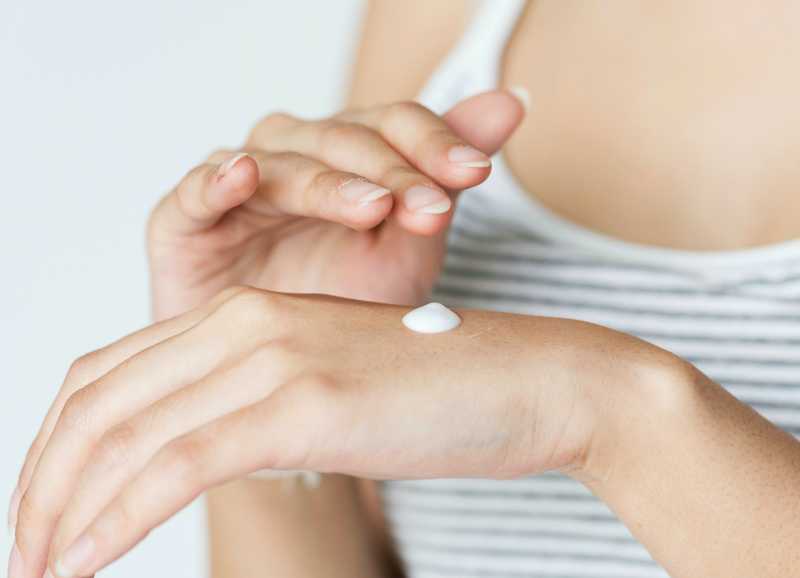With about a month to go before recreational marijuana becomes legal in Canada, interest in everything cannabis-related is reaching a fever pitch. And that includes interest in cannabis’s potential to treat many painful conditions through the use of marijuana-infused creams, ointments and balms. Many folks turn to cannabis topicals to treat a wide range of conditions including joint pain, soreness and muscle spasms.
On Oct. 17, while the country will make smoking and growing marijuana legal for adults, cannabis topicals will remain illegal. This is confusing to many as topicals have well-documented health benefits, and they don’t cause consumers to feel high.
So why wouldn’t the government include cannabis topicals in legalization?
RELATED: THE BENEFITS OF CANNABIS TOPICALS FOR YOUR SKIN AND HAIR
Why Are Cannabis Topicals Still Illegal?
To be clear, the absence of topicals from legal cannabis stores has nothing to do with them being unsafe. Marijuana topicals have already been used for decades to treat many painful conditions, especially localized conditions like:
- Joint pain
- Cramps
- Muscle spasms and soreness
- Arthritis
So, if they’re effective and they don’t cause psychoactive effects, why has the government left cannabis topicals off of the legalization list? (Just to be clear: transdermal patches, which are not the same as topicals, can be psychoactive.)
RELATED: HOW CANNABIS MAY HELP ALLEVIATE ARTHRITIS AND JOINT PAIN
There’s actually an understandable reason for this otherwise odd situation: Regulations for cannabis topicals don’t yet exist. In other words, Health Canada hasn’t come up with rules for how marijuana topicals should be manufactured.
And this has to happen before they’re ready for sale as these guidelines help ensure that pesticides, fungus and contaminants don’t end up in the final product. They’re also essential for accurate labelling so that consumers—especially those who may have allergies—know exactly what they’re purchasing.
Currently, some licensed producers (LPs) have found a way around this by selling cannabis topical kits. These kits comprise cannabis oil and a separate nonmedicated cream. Consumers are then instructed to mix the two to make their own marijuana topical, so the LP isn’t technically manufacturing a topical on its own.
When Will Marijuana Topicals Be Available?
Unfortunately, it’s going to take about a year for Health Canada to create marijuana topical regulations. In the meantime, people who want to use cannabis topicals will have to rely on one of two methods.
First, they can simply ask their doctor for a cannabis prescription to access cannabis topical kits from LPs. After some confusion about what would happen to Canada’s medical marijuana system, Health Canada has confirmed that it will stay in place after Oct. 17, although this decision will be reviewed within five years.
RELATED: TOPICAL VS. INGESTED CANNABIS: WHAT’S BEST FOR MIGRAINES?
The second option is to simply make your own topical, which is actually extremely easy for any DIYer.
How to Make Your Own Cannabis Topical
Ingredients for DIY Cannabis Topical
- 60 mL medical cannabis oil of your choice
- 120 mL topical base such as coconut oil, shea butter, beeswax or cocoa butter
How to Make a DIY Cannabis Topical
- Set up a bain marie on your stove—place about an inch of water in a saucepan and bring it to a boil, then reduce to a simmer. Next, place a Pyrex bowl on top of the saucepan so that it’s not touching the water, but still gets warm. This setup protects the bowl from heating up too quickly, since you shouldn’t let the cannabis oil get too hot.
- Now, add 120 mL of your base and 60 mL of cannabis oil to the bowl and stir them together. You can adjust the ratio to your liking.
- You can also mix in any additional ingredients like essential oils, which many enjoy for their pleasant fragrance and which contain important terpenes that also have their own medical benefits.
- Ensure the water in the large pan stays at a very low simmer and allow the ingredients to infuse together for around 30 minutes.
- When the ingredients are properly infused, carefully lift the bowl off the saucepan and set it aside to cool down.
If you use beeswax, you may want to soften it up by adding a bit of coconut oil. Likewise, if coconut oil is your base, then adding a tiny bit of beeswax can help hold it together.
And if you’re short on time or DIY isn’t really your thing, you can simply mix 60 mL of your favorite cannabis oil into 120 mL of your favorite nonmedicated lotion, cream or balm. In no time, you’ll have a soothing marijuana topical to help ease aches and pains with localized relief.
Photo credit: rawpixel
